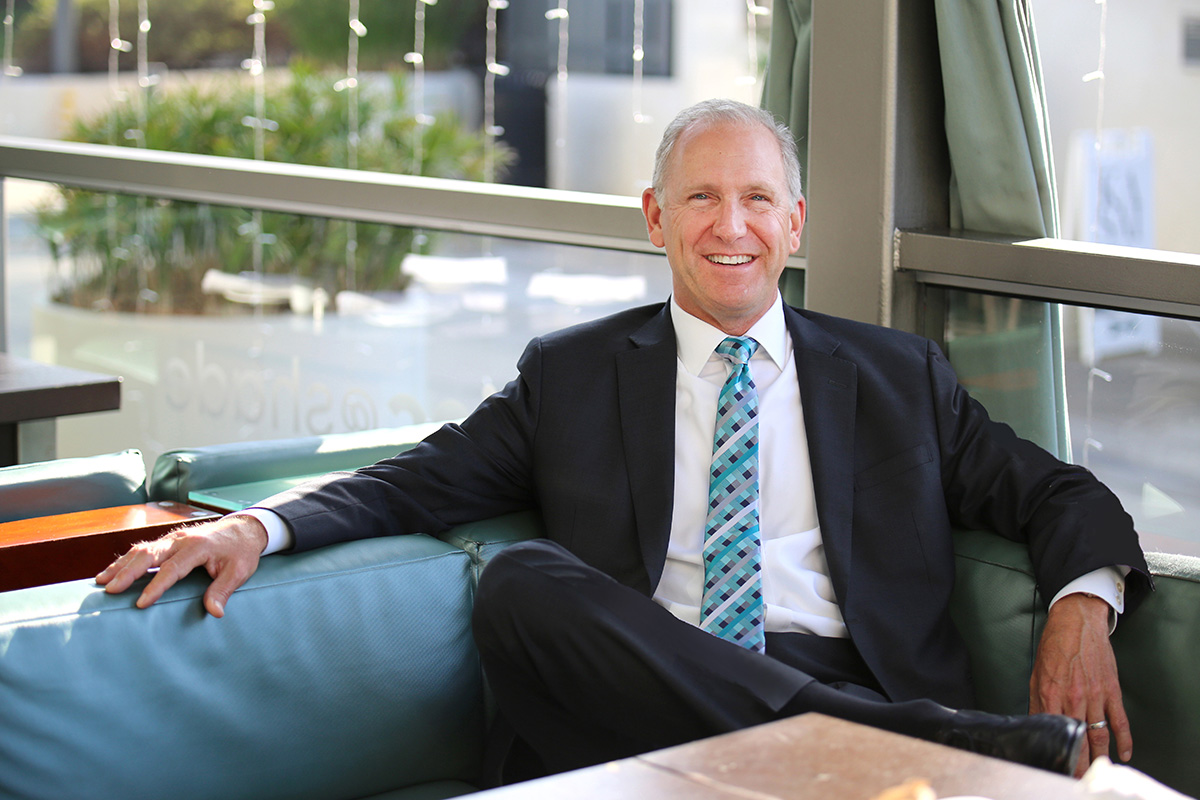For all of our expectations that we should be happy, or happier, or that advances in technology will finally enable us to turn that corner and be happy once and for all … happiness remains fleeting. It stubbornly retains the status of merely one frequency on a spectrum of emotions that we can feel in the course of a day. Moreover, circumstances in the workplace can periodically be intense and difficult in ways that preclude happiness. Through all of this, creating an engaged workforce can remain elusive.
Engagement, on the other hand, is a state characterized by focus, enthusiasm, growth, and a sense of belonging, none of which are happiness, per se. However, happiness frequently emerges as a side-effect of being fully engaged.
A Course Greater Than Oneself
“For success, like happiness, cannot be pursued; it must ensue… as the unintended side-effect of one’s personal dedication to a course greater than oneself.”
-Viktor Frankl
As Viktor Frankl observed, people achieve success and happiness as a side-effect of dedicating themselves to a course greater than themselves. There is a particular way that a higher goal or shared vision ignites a person’s energy and attention.
An engaged person seems to have more energy and attention. They put in the long hours and devise solutions to problems they may have not seemed able to do under ordinary conditions. When engaged with a higher goal, it turns out that people are capable of collaborating, creating, and producing at a rate above the norm.
So, how do we engage our workforce for the benefit of the organization, so that our workplace is a more meaningful, and dynamic place to be?
Learning How To Engage Others
It shouldn’t be a surprise that one important skill of a high performance leader is the ability to engage their team around a “greater than oneself” cause. Creating an engaged workforce is the stuff of great political, military and religious leaders – which accounts for the common misunderstanding that the skill of engaging people around a higher cause is inborn. It implies that you either have it or you don’t. And most of history tells us that if you were born with this leadership skill, the only way to apply it is via command and control.
Fortunately for us, these implications are false. Creating an engaged workforce around a common goal or vision can be learned, and command and control is not the only option.
The traditional style of command-and-control leadership brings to mind a general pacing a platform giving a rousing speech to the troops. But in today’s highly fluid, ambiguous, and unpredictable world, high performance leaders can no longer afford to depend solely on their own wits, personalities, and the counsel of their inner circles.
Today, every leader at every level of every organization, must rely on the aggregated brainpower, insight, and heart of each and every person in their organization.
In other words, yesterday’s command-and-control style of leadership is giving way to a new model. Here, we’ll refer to it as “collaborate and coach.”
Creating An Engaged Workforce Begins With Open Communication
So, you are pretty sure you are not Pharaoh Ramses? Or General Patton? For many of us, our leadership genius is not in the old mode of command and control… how, then, do we engage the alternative “collaborate and coach” manner of engaging our workforce?
To begin, an engaged workforce emerges from a particular kind of environment – one where open communication and mutual trust predominate. Similar to the requirement of clean water and ample food in order for a school of fish to exist and thrive.
Open communication and mutual trust are basic survival requirements for workplace engagement.
While many managers and leaders are keen to begin reaping the benefits of creating an engaged workforce as quickly as possible, it is not possible to develop an engaged workplace by simply deciding it shall be one. Nor can a leader align a workforce by simply issuing a vision or strategy for everyone to embrace.
Nor are bonuses or expensive holiday gifts going to do the trick.
Bringing Everyone To The Table
Developing an environment of open communication and mutual trust begins by calling everyone into the same room and opening the floor for thoughts, perspectives, and opinions.
A leader in this context will describe what he or she intends to do – create an environment where all voices are heard, and each employee is a contributor and stakeholder in the strategy or goal at hand.
After plainly articulating leadership’s intention to develop a strategy with everyone as a stakeholder in the process, simply step back, and let all voices be heard. Then listen.
Knowing that the leadership team is genuinely listening and encouraging participation, your workforce will become engaged in the process of generating a proposed strategy – very actively engaged. And many employees report that when asked for their perspectives, and then taken seriously, they feel a deeper loyalty toward their employe.
So ask them what they think, what they see, what they imagine… and really listen to them. The leader is not obliged to adopt any course of action recommended by an employee simply because they expressed it. In fact, it is the leader’s responsibility to consider all ideas and work to develop a strategy that embraces the best of them. Yet, even when people’s ideas are not included in the final product, they tend to have great appreciation and respect for the organization that gave them a voice.
Elicit Voices When Necessary
In the course of gathering the thoughts of the group, some people will be more talkative than others, and some will not speak at all unless invited to contribute. When the ideas and insights begin to fly, don’t forget to actively invite the team’s introverts to contribute their perspectives. There is often gold in those hills.
Soliciting ideas and perspectives in this manner serves the dual function of: (a) providing the highest probability of gathering the best thinking from among the entire team, and (b) engaging everyone in the process of formulating a strategy, so that everyone is connected to the direction that leadership ultimately chooses.
Stoking The Fire Of Engagement With Coaching
With the team’s ideas and insights on the table, leadership will make a decision, which frequently will be to pursue the strategy developed by the team.
From here, the next steps are to have the group determine options for pursuing the strategy, the corresponding action steps required, and the individuals responsible for each action. A major predictor of creating an engaged workforce is the degree of clarity over strategies and goals, and corresponding action steps.
Now we have established a foundation for engagement – fostering open communication, trust, and clear objectives.
With these elements in place, the leader’s role is to coach and empower the team to execute its tasks to the best of its abilities, generating its own approaches and problem-solving styles in the process.
Coach-As-Leader
Meet with your managers or direct reports on a regular basis to track progress on their milestones, and to create a forum in which they can ask questions and solicit feedback from you. This process will contribute to their professional development over time, deepen personal and professional bonds, and most importantly – model for them how to lead and fully engage their departments and direct reports.
In addition to one-on-one time with managers or direct reports, nurture workplace engagement by calling the group together to track progress on the shared vision and strategy, provide status updates, and exchange feedback.
After some time and practice with meetings like these, the group will be aligned and well-coordinated, and aware of its connection to other groups, rather than merely focused on its own tasks.
Most importantly, though the days may be long and the work to be accomplished considerable, you may discover yourself no longer among co-workers, but comrades and collaborators who are equally engaged with the work at hand and personally committed to the success of the project.
Through fostering an environment of openness and trust, bringing all voices to the table, and aligning around a common goal, you have brought into being an engaged workplace. You have created an environment in which everyone is, if not happy all the time, fully engaged.
Conclusion
The foundation for an engaged workplace includes:
ONE: Developing an environment where open communication and mutual trust are the norm, rather than the exception.
TWO: Engaging all members of the team, no matter their position in the organization, and inviting their voices and contribution toward a shared vision or strategy around which everyone can align.
THREE: Setting clear goals and objectives, and persons responsible for each and every action step.
FOUR: Empowering the workforce by assuming roles of coach and mentor.
FIVE: Developing leadership talent and increasing workforce engagement by unleashing the autonomy, creativity, and industry of employee-stakeholders.





